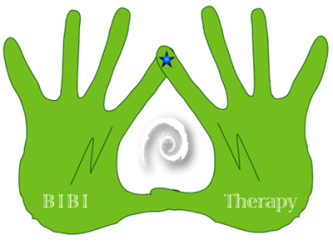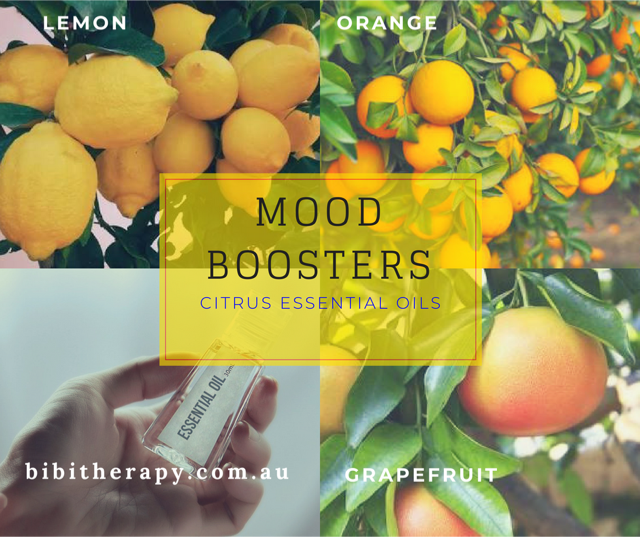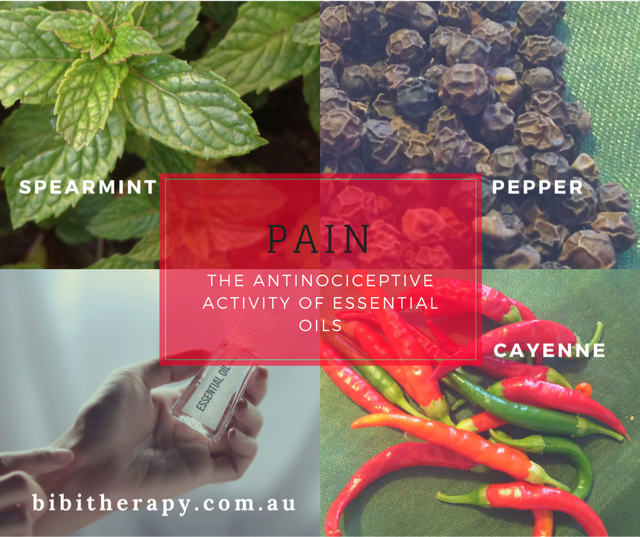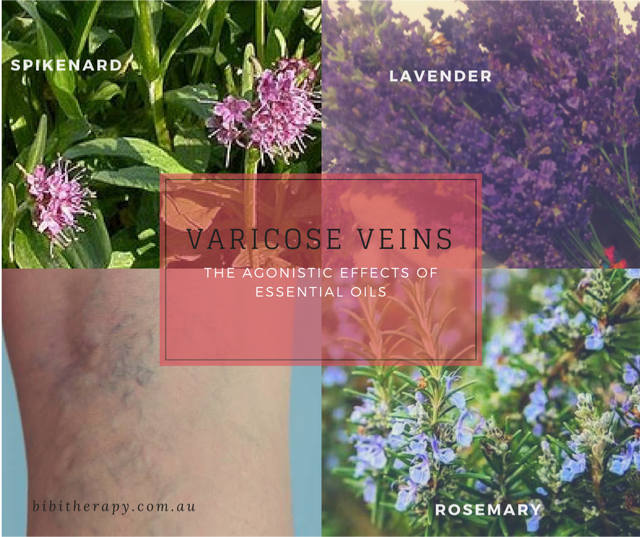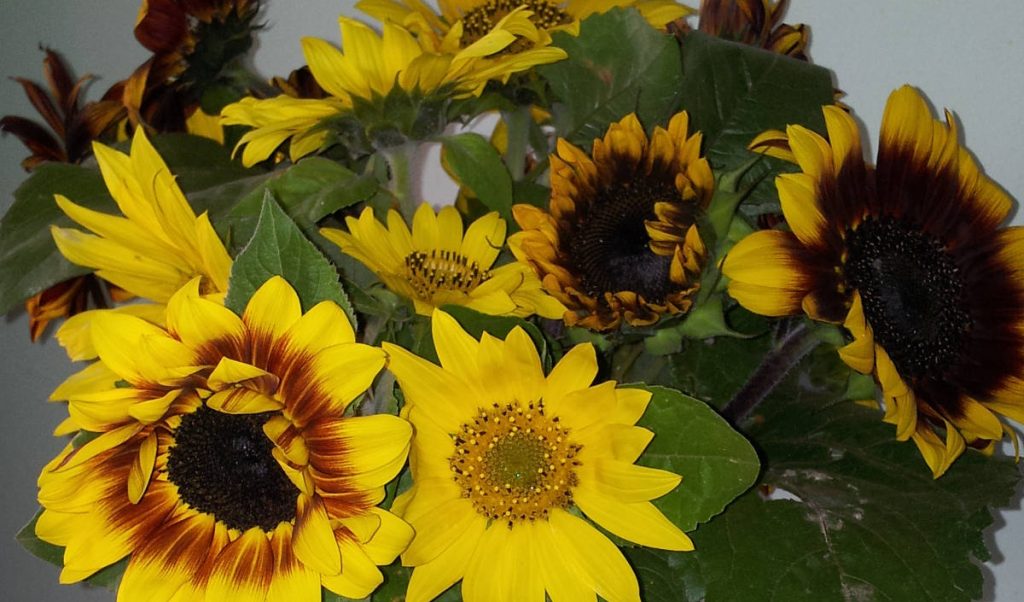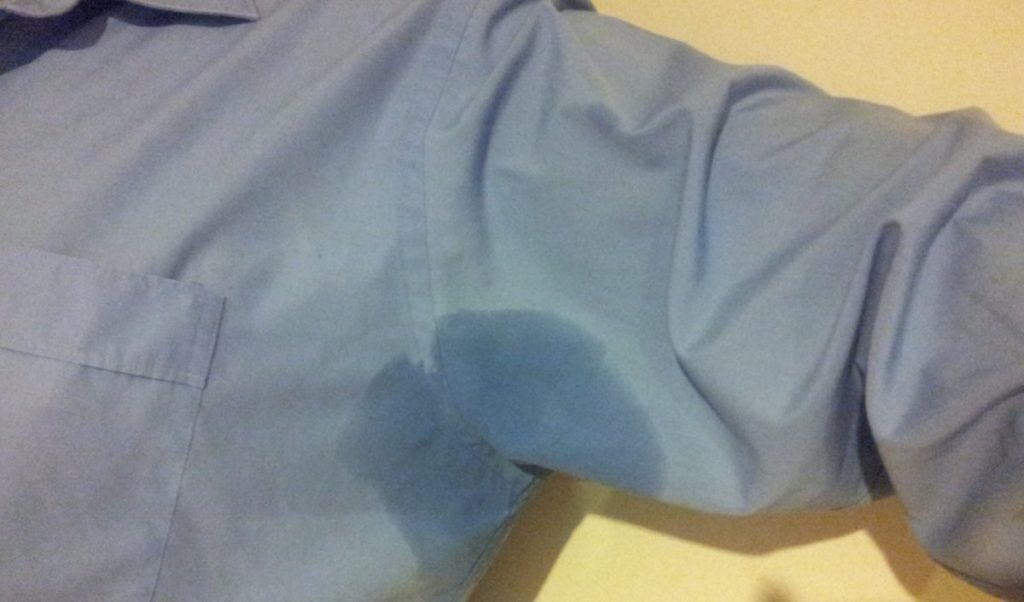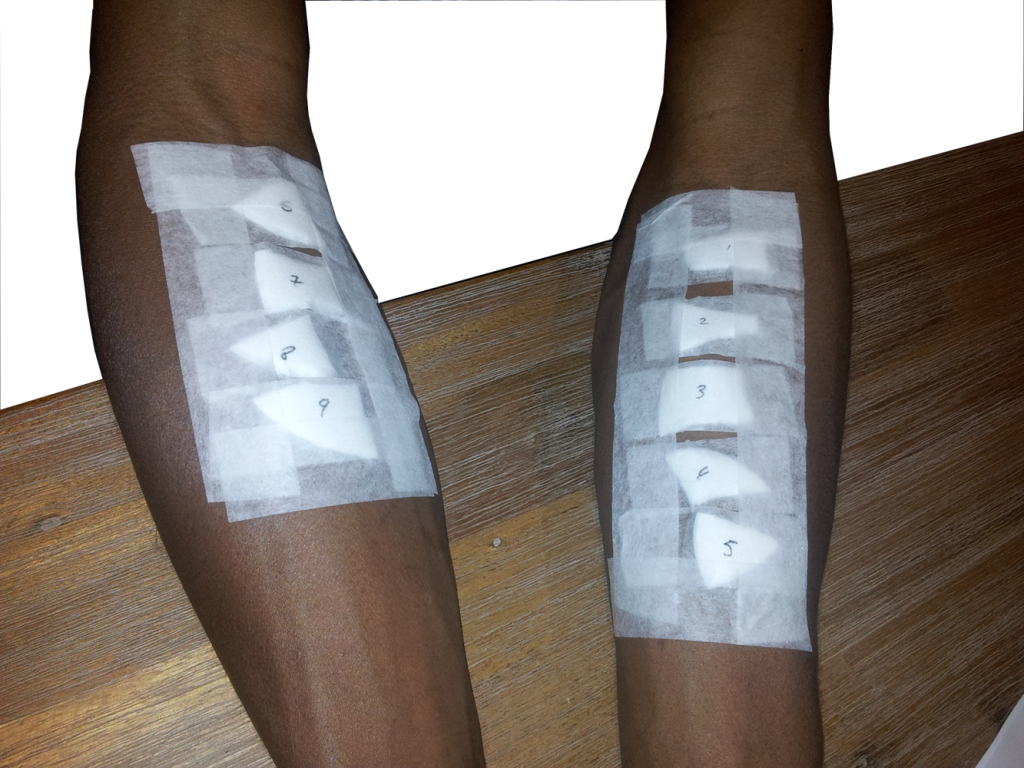When it comes to overcoming some winter blues, aromatically the essential oils have magic effects. Amongst the most effective and warming oils are those provided by the Citrus family. No wonder that nature makes them available in the Australian winter. These oils are also called “Happy Oils” and they are not only mood boosters, but they also have wonderful effects on the skin as well as promote a terrific sense of well-being and happiness.
The essential oils are usually obtained from citrus peels and they offer some 50 different chemical compounds with the well-known limonene (LIM) being the main component. These complex compounds have various effects spanning from gastro-protective to antinociceptive. The table below outlines some of the common actions of the most used citrus oils in BIBI Therapy Practice.
Table 1.Benefits of Citrus oils used in BIBI Therapy practice.
| Plant name | Latin Name | Actions | Source |
| Lemon | Citrus lemon | Anti-inflamatory
Antiseptic: nourish the skin and protecting skin microbiota Eupeptic Antibacterial: inhibits the growth of certain bacteria |
S1
S2 |
| Orange | Citrus sinensis | Soothes tensed muscles
Aids as a mood lifter Detoxifier and excellent booster of the immunity |
S4 |
| Grapefruit | Citrus paradisi | Reduces the accumulation of liquids that cause coughs
Lymphatic drainage Reduces hangovers effects, Used to calm headaches, mental fatigue and depression Powerful antibacterial: Staphylococcus aureus, Enterococcus faecalis, Staphylococcus epidermidis, Escherichia coli, Salmonella typhimurium, Serratia marcescens and Proteus vulgaris. |
S5 |
| Lime | Citrus aurantifolia | relieve stress, exhaustion and anxiety or calm your mind
rheumatism and arthritis and varicose veins |
S1
S6 |
| Caution: All Citrus oils are photosensitive That means they react to sunlight, radiant energy andother UV radiation. If you apply topically the oils on the skin allow minimum 12 hours before you expose the skin to any UV radiation including sunlight. | |||
If you would like to get a personal consultation from me and learn how to use Citrus essential oils to beat the winter glooms, you can contact me here. Let’s stay connected!
Precautions
If you have a sensitive skin, make sure you conduct a patch test before using them. Furthermore, dilute 2-3 drops with a teaspoon of carrier oil of your choice and remember to check with your family Doctor before attempting to use any essential oil. This is especially important if you are pregnant, nursing or undertaking any special medication including homeopathic medication.
Disclaimer
BIBI Therapy does not offer a cure for any ailments you may suffer. The information and reference guides provided here are intended solely for education only. Please seek advice from a specialist or your health care provider.
References
S1: Evid Based Complement Alternat Med. 2013: 859083. doi: 10.1155/2013/859083
S2: Evid Based Complement Alternat Med. 2017; 2017: 4517971. doi:10.1155/2017/4517971
S4 Mercola 2016
S5 Int. J. Food Sci. and Techn., 2011;46(7):1455-1461
S6 Flavour and Fragrance Journal March 3, 2003
